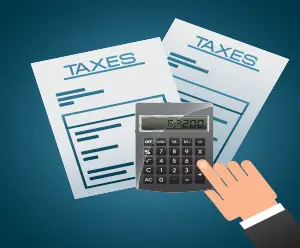
Understanding the IRS Substitute for Return
Click to ask Mike Ask Mike The Internal Revenue Service (IRS) Substitute for Return (SFR) is a term many taxpayers
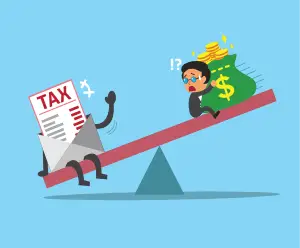
An IRS bank levy is a formidable tool used by the Internal Revenue Service (IRS) to collect unpaid taxes. This comprehensive guide aims to provide a thorough understanding of IRS bank levies, including the notices leading up to them and the procedures involved in their implementation. By familiarizing yourself with this process, you can better navigate the complexities and, when necessary, take appropriate actions to address your tax liabilities.
An IRS bank levy is a legal procedure that empowers the IRS to seize funds from your bank account to settle unpaid tax debts. This action is typically taken after other collection efforts, such as sending notices and warnings, have proven unsuccessful.
The IRS initiates a bank levy only after multiple notices regarding unpaid taxes have been issued. It is important to note that bank levies are not the IRS’s first course of action but rather a last resort when other attempts to secure payment have failed. Levies can be applied to both individual and business accounts.
The process begins with Notice CP14, which is sent when there is an outstanding tax balance. This notice outlines the amount owed and the due date for payment.
In the event there is no response to CP14, the IRS issues Notice CP501. This serves as a reminder, emphasizing the urgency of addressing the unpaid taxes to avoid further consequences.
Should there still be no response after CP501, the IRS issues Notice CP503. This notice is a second reminder, providing a final warning about potential collection actions, including levies.
If previous notices are ignored, the IRS issues Notice CP504. This notice serves as the final warning, informing the taxpayer of the IRS’s intent to levy within 30 days. Importantly, it also notifies the taxpayer of their right to a Collection Due Process (CDP) hearing.
A. Final Notice Period
Upon receiving Notice CP504, taxpayers have a 30-day period to address the issue. During this time, they can request a Collection Due Process (CDP) hearing, which temporarily halts collection actions.
B. Requesting a CDP Hearing
To request a CDP hearing, taxpayers must file Form 12153 within the 30-day window. The CDP hearing provides an opportunity for the taxpayer to present their case and potentially avoid or delay the levy.
C. Levy Implementation
If no action is taken within the 30-day period, the IRS proceeds with the levy. The bank is then legally required to freeze funds in the account up to the amount owed.
D. Exempt Funds
It’s important to note that certain funds, such as Social Security benefits, are exempt from levies. Understanding these exemptions is crucial for taxpayers navigating the levy process. Additionally, the IRS may release levied funds in specific situations, further underscoring the importance of being aware of your rights.
A. Paying the Debt in Full
The most straightforward way to release a bank levy is to pay the debt in full. Once the entire amount is settled, the IRS will release the levy. It’s essential to promptly notify the IRS of the payment and request a release to ensure a timely resolution.
B. Installment Agreement or Offer in Compromise
For taxpayers unable to pay the full amount upfront, setting up a payment plan or negotiating an Offer in Compromise can be a viable option. These arrangements allow for a structured approach to settling the debt. However, it’s crucial to adhere strictly to the agreed-upon terms to avoid further complications.
C. Hardship Considerations
In cases of severe economic hardship, the IRS may consider releasing a levy. Taxpayers facing significant financial difficulties should provide documentation supporting their hardship claim. This could include proof of essential living expenses and financial statements demonstrating an inability to meet basic needs with the levy in place.
Understanding IRS bank levies and the associated notices is paramount for taxpayers facing potential collection actions. Responding promptly to IRS notices and exploring available options, such as the Collection Due Process hearing, can help prevent or mitigate the impact of bank levies on your financial stability.
You can now ask our AI assistant any questions you have about your tax debt or any tax-related issues. Whether you’re unsure about payment plans, need clarification on penalties, or want information on how to resolve your tax situation. Our AI is ready to assist you with all your tax-related concerns.
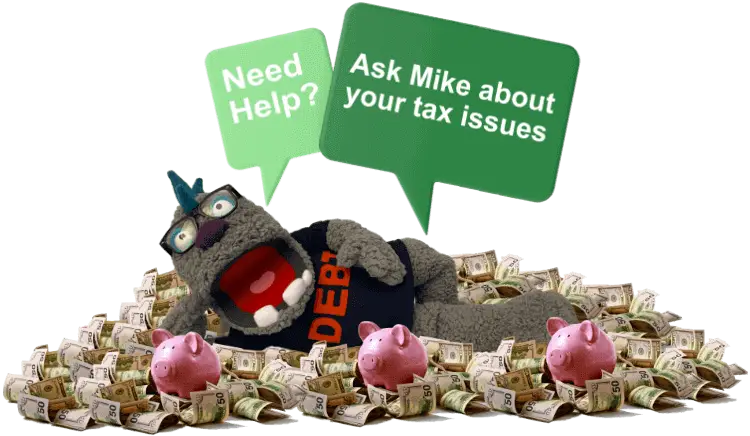
By interacting with our AI assistance, you agree to our terms & conditions. Enjoy our AI Tax Assistant responsibly.
Ask me any questions...
Related Posts

Click to ask Mike Ask Mike The Internal Revenue Service (IRS) Substitute for Return (SFR) is a term many taxpayers
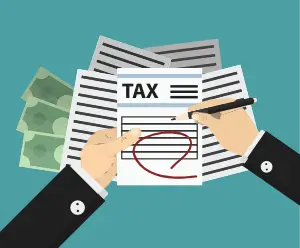
Click to ask Mike Ask Mike The Internal Revenue Service (IRS) Substitute for Return (SFR) is a term many taxpayers
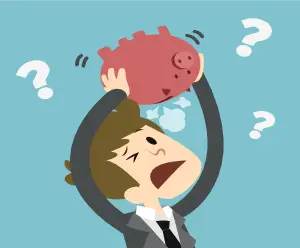
Click to ask Mike Ask Mike The Internal Revenue Service typically operates within a 10-year window, commencing from the
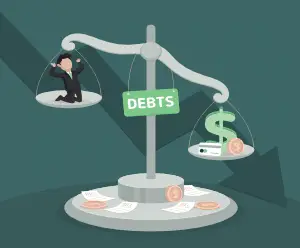
Click to ask Mike Ask Mike The Internal Revenue Service (IRS) operates within specific timeframes dictated by statutes of limitations
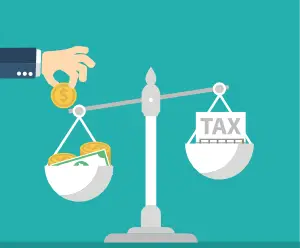
Click to ask Mike Ask Mike understanding the ins and outs of the 10-year statute of limitations (SOL) is essential.
Recent Posts

Click to ask Mike Ask Mike The Internal Revenue Service (IRS) Substitute for Return (SFR) is a term many taxpayers

Click to ask Mike Ask Mike The Internal Revenue Service (IRS) Substitute for Return (SFR) is a term many taxpayers

Click to ask Mike Ask Mike The Internal Revenue Service typically operates within a 10-year window, commencing from the

Click to ask Mike Ask Mike The Internal Revenue Service (IRS) operates within specific timeframes dictated by statutes of limitations

Click to ask Mike Ask Mike understanding the ins and outs of the 10-year statute of limitations (SOL) is essential.
Disclaimer: This is educational content, not legal, accounting, or tax advice.
This is a tax debt resource website, not to be used in lieu of a tax attorney or for legal advice. All information, Ai chat responses, articles, materials, and content are intended to inform users on a variety of tax topics. In no way is it intended to be construed as accounting, legal, tax, other services or advice. This site is not intended to be used to avoid tax penalties or tax debt that may be imposed by law. Terms and Conditions. Your use of this site constitutes acceptance of the following terms and conditions.
This is a tax debt resource website, not to be used in lieu of a tax attorney or for legal advice. All information, Ai chat responses, articles, materials, and content are intended to inform users on a variety of tax topics. In no way is it intended to be construed as accounting, legal, tax, other services or advice. This site is not intended to be used to avoid tax penalties or tax debt that may be imposed by law. Terms and Conditions. Your use of this site constitutes acceptance of the following terms and conditions.
© 2023 · Tax Debt Monster, Inc. All rights reserved

For all Tax Professionals that would like to partner up with us. By partnering with us, you’ll help us connect and make a positive impact in the tax community. Partner up with us and receive a complimentary Ai Tax Sidekick to help support your clients at no cost! Click here if you’re interested in our Partner-Up program

By interacting with our AI assistance, you agree to our terms & conditions. Enjoy our AI Tax Assistant responsibly.
How may I help you with your tax issue?